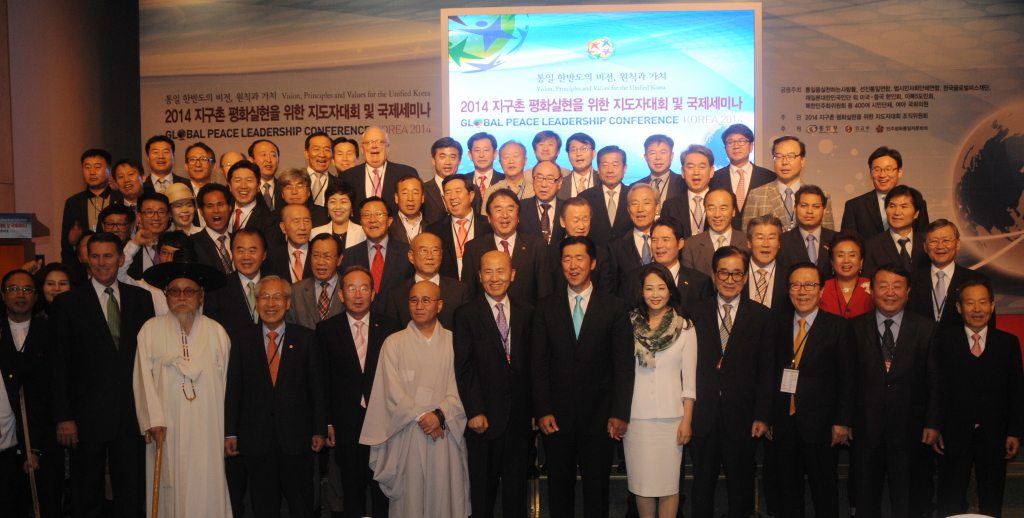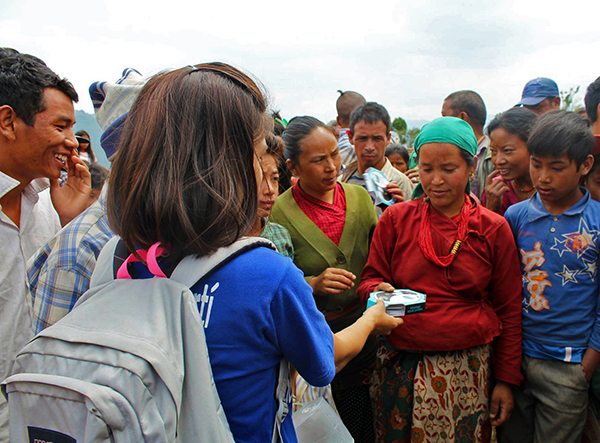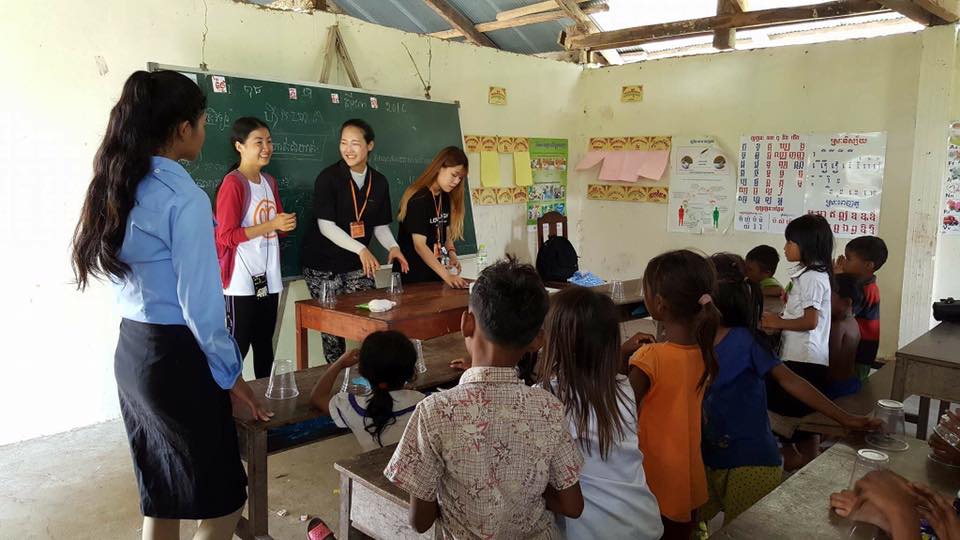When confronting the challenges that impact our everyday lives, from global issues of peace and development, to local work of community development and social cohesion, all too often the approach is framed in an “us” vs “them” framework.
Yet, it is this very mentality where the problem lies. The idea is grounded in the perspective that we don’t belong to one another, and the idea that once “they,” whether it is racial, political, national, religious or ideological group, are vanquished, the problem will be resolved.
This perspective keeps us hopeful but looking elsewhere. Anywhere but at ourselves, anywhere but here.
It is the endemic hope that something else will rescue us and conquer “them”. That public opinion will save us. Public pressure, organized boycotts, newspaper articles, condemnation from top political or celebrity figures, op-ed articles, open letters, petitions and more will get us “there”.
But the problem is that none of this can resolve the challenges we face, because the problem is never, ever just with “them” because them is us. The problem will not be fixed out there, when “they” have been snuffed out – the problem is a shared problem, and its resolution is a shared task.

Faith leaders, politicians from conservative and liberal parties, civil society activists, and international scholars convened in Seoul in late September 2014 to discuss a “vision for a unified Korea.”
This kind of leadership perspective pushes us to take responsibility, make a positive impact and to share in the work of peacebuilding. It is this perspective of interwoven destinies that has undergirded the models of national transformation that the Global Peace Foundation and its partners are developing.
Through years of engagement with community leaders around the world, GPF has developed a process of building a consensus around shared values and formulating practical plans of action.
The process involves asking questions like:
- What is the big picture? Ideally, how would we approach this situation/sector/problem in an inclusive, solution-oriented way with results for the greater good?
- What is my specific role in relation to making #1 happen? What role can I play in bringing this about?
- What are the things that must be done in order to make #2 happen so that it can contribute to #1?
- How might I work with others in order to bring about the best results? How can I work with others to create mutually beneficially, synergistic partnerships that deliver substantial, practical results?
- How can I achieve a standard of excellence worth sharing for others to learn from? – this is the leadership mentality that goes even beyond ownership.
These questions focus in on personal responsibilities but in a context that works towards the greater (collective) good, with the assumption that this will further growth and create opportunities for each individual in a valuable way. Ultimately we want to work for the good of the individual and the collective by aligning the individual to the collective good but allowing for personal will, duty and responsibility to be the way through which they achieve this good.

Rise Nepal volunteer delivering aid to remote villages in need.
This process can be used as a training exercise to discuss and dissect situations, problems and to find simpler, practical solutions.
It is a framework that focuses in on what I can do, not what others need to do. It is an approach that is meant to empower people to, in a paraphrase of the famous Gandhi quote, become the change he or she might wish to see in the world.
As a framework, it can be used on any solution, past or present. Case studies have been used as examples of how to use the framework in situations in order to develop the mindset of the moral, innovative leader we need so desperately in our world today.
Once we realize this, we can begin to work – as partners, allies, brothers and sisters – to solve the world’s most intractable problems.

